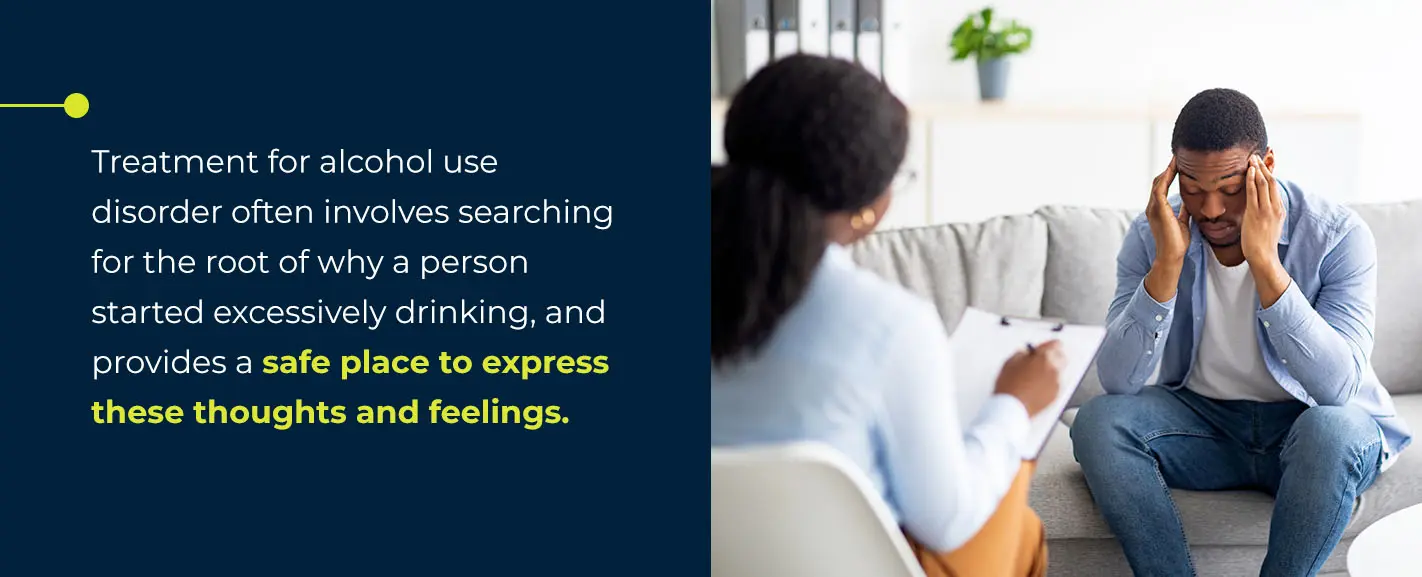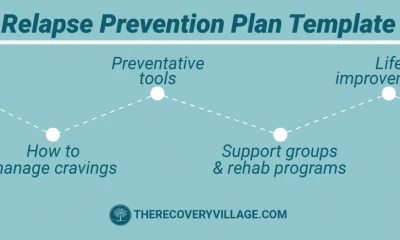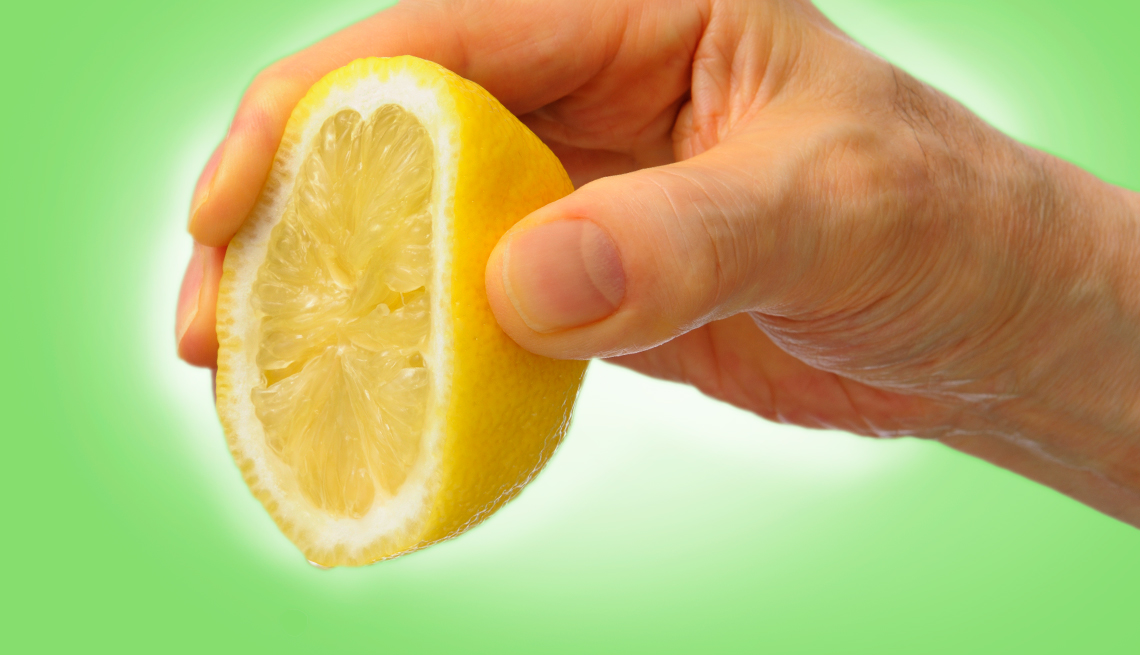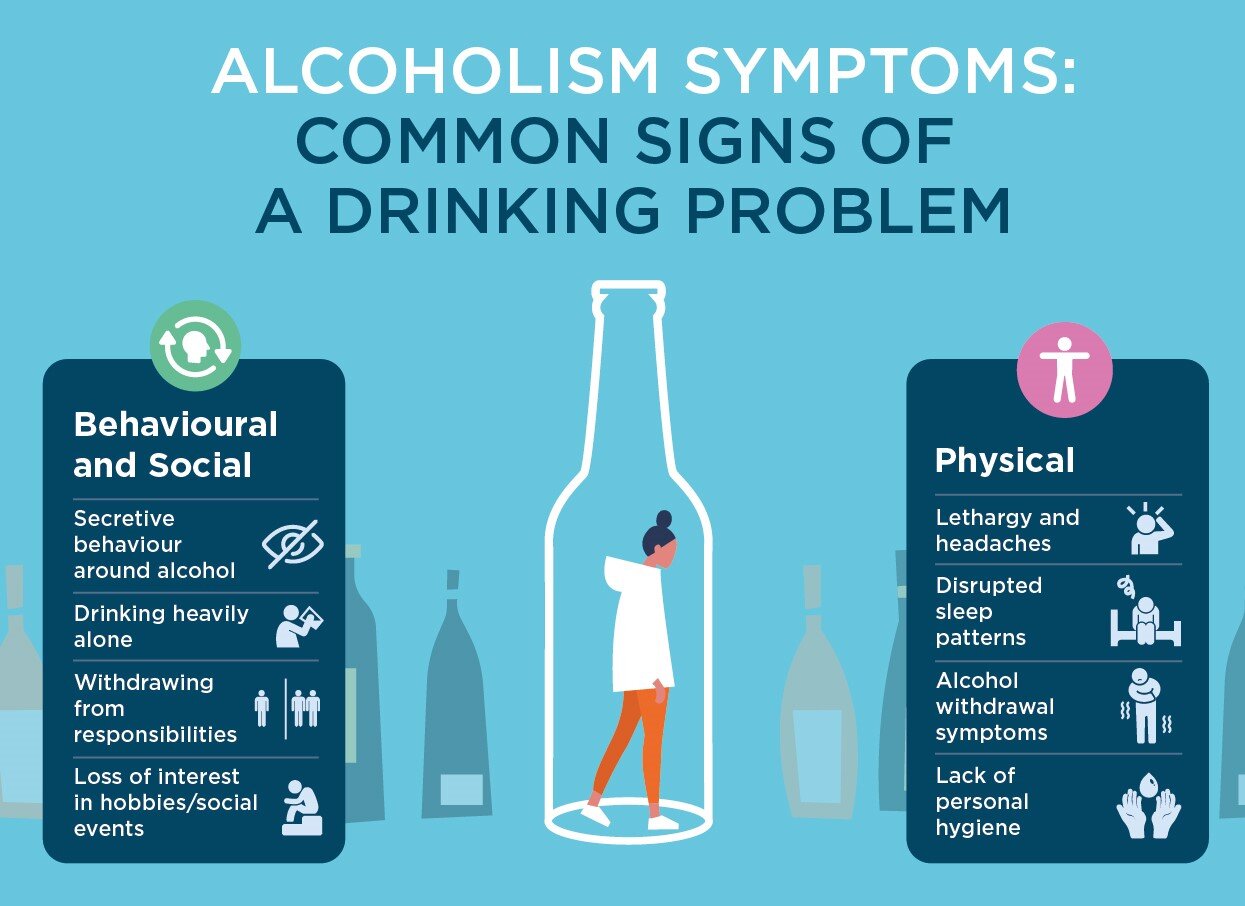Recovery from alcohol use disorder (AUD) is a deeply personal and transformative journey. It’s about reclaiming your life, rebuilding relationships, and rediscovering yourself.
Here’s a comprehensive guide to help you be on this path, from recognizing the need for change to embracing a fulfilling, sober life.
Acknowledging the Need for Recovery
The first step in your recovery journey is acknowledging that you have an alcohol use disorder. This can be a difficult realization, but it’s a crucial one. Common signs of AUD include:
- Drinking more or for longer than intended.
- Unsuccessful attempts to cut down or stop drinking.
- Spending a lot of time drinking or recovering from its effects.
- Neglecting responsibilities at home, work, or school due to drinking.
- Continuing to drink despite negative consequences.
Recognizing these signs is the foundation of your journey to recovery.
Seeking Professional Help
Professional help is often necessary to effectively address AUD. Here are some steps to consider:
1. Medical Detoxification
Detoxification, or detox, is the process of allowing your body to eliminate alcohol while managing withdrawal symptoms. This process should be done under medical supervision due to the potential severity of withdrawal symptoms, which can include anxiety, tremors, seizures, and hallucinations. Medical professionals can provide medications and support to help you through this phase safely.
2. Inpatient Rehabilitation Programs
Inpatient rehab programs offer a structured environment with 24/7 medical care and support. These programs are ideal for individuals with severe AUD or those who have relapsed after previous treatment attempts. Inpatient rehab provides a safe space to focus solely on recovery, away from triggers and distractions.
3. Outpatient Rehabilitation Programs
Outpatient rehab programs allow you to live at home while attending treatment sessions. These programs are suitable for those with a supportive home environment and less severe AUD. They include individual therapy, group counseling, and educational sessions on alcohol use and recovery. This flexibility enables you to continue working or attending school while receiving treatment.
Building a Support System
A strong support system is crucial for maintaining long-term sobriety. Here are some ways to build and maintain one:
4. Support Groups
Joining support groups, such as Alcoholics Anonymous (AA) or other local sobriety groups, can provide encouragement and accountability. Sharing your experiences and hearing from others who are on the same journey can be incredibly motivating and reassuring.
5. Family and Friends
Surround yourself with supportive family and friends who understand your journey and encourage your sobriety. Open communication about your needs and challenges can help them provide the right kind of support.
Therapeutic Approaches
Therapy plays a vital role in overcoming AUD. Here are some effective therapeutic approaches:
6. Cognitive-Behavioral Therapy (CBT)
Cognitive-behavioral therapy helps you identify and change negative thought patterns and behaviors associated with alcohol use. By developing healthier coping strategies, you can manage stress, avoid triggers, and reduce the risk of relapse. CBT is typically provided in individual or group therapy sessions.
7. Motivational Interviewing (MI)
Motivational interviewing is a counseling approach that helps you find your motivation to change. MI is particularly effective for those who may be ambivalent about quitting alcohol. It empowers you to take control of your recovery journey by exploring your reasons for change and building confidence.
8. 12-Step Programs
12-step programs, such as Alcoholics Anonymous (AA), offer a structured framework for recovery based on principles of mutual support, accountability, and spiritual growth. Participants attend regular meetings, share their experiences, and work through the 12 steps with the guidance of a sponsor.
Adopting a Healthy Lifestyle
A healthy lifestyle supports recovery and overall well-being. Consider these steps:
9. Regular Exercise
Exercise reduces stress, improves mood, and boosts physical health. Find activities you enjoy, such as walking, jogging, yoga, or swimming, and incorporate them into your routine.
10. Balanced Diet
Nutrition plays a crucial role in recovery. Eat a balanced diet rich in fruits, vegetables, lean proteins, and whole grains. Proper nutrition can improve mood, energy levels, and overall health.
11. Quality Sleep
Getting enough sleep is essential for mental and physical health. Establish a regular sleep schedule and create a restful environment to ensure quality rest.
Practicing Mindfulness and Self-Care
Mindfulness and self-care are vital for maintaining sobriety and emotional balance. Here are some practices to consider:
12. Mindfulness and Meditation
Mindfulness and meditation can help you stay present and manage stress. These practices encourage self-awareness and can reduce the likelihood of relapse. Start with short, daily meditation sessions and gradually increase the duration.
13. Self-Care Activities
Engage in activities that promote relaxation and well-being, such as reading, taking a warm bath, or practicing yoga. Self-care helps you stay emotionally balanced and reduces the temptation to drink.
Exploring New Hobbies and Interests
Finding new hobbies and interests can provide a positive distraction from cravings and prevent boredom. Here are some ideas:
14. Creative Outlets
Explore creative activities like painting, writing, music, or photography. Creative expression can be therapeutic and fulfilling.
15. Physical Activities
Engage in physical activities that you enjoy, such as hiking, biking, or dancing. Physical activity can improve mood and reduce stress.
Staying Committed to Sobriety
Maintaining sobriety requires ongoing commitment and effort. Here are some strategies to stay on track:
16. Setting Realistic Goals
Set realistic and achievable sobriety goals. Break them down into smaller steps and celebrate each milestone, no matter how small. This can keep you motivated and focused.
17. Continuous Learning and Growth
Recovery is a lifelong journey. Stay informed about new strategies and treatments for AUD. Engage in activities that promote personal development and self-awareness.
18. Volunteering and Helping Others
Helping others can provide a sense of purpose and fulfillment. Look for volunteer opportunities in your community or support others in recovery.
Conclusion
Your journey to recovery from alcohol use disorder is a deeply personal and transformative process. By seeking professional help, building a strong support system, embracing therapeutic approaches, adopting a healthy lifestyle, and staying committed to sobriety, you can reclaim your life and achieve long-term recovery. Remember, you are not alone, and with determination and the right support, you can overcome AUD and lead a fulfilling, sober life.

 Entertainment3 months ago
Entertainment3 months ago
 Entertainment3 months ago
Entertainment3 months ago
 Entertainment4 months ago
Entertainment4 months ago
 Tech3 months ago
Tech3 months ago
 Fashion5 months ago
Fashion5 months ago
 Entertainment2 months ago
Entertainment2 months ago
 Entertainment3 months ago
Entertainment3 months ago
 Life Style3 months ago
Life Style3 months ago





